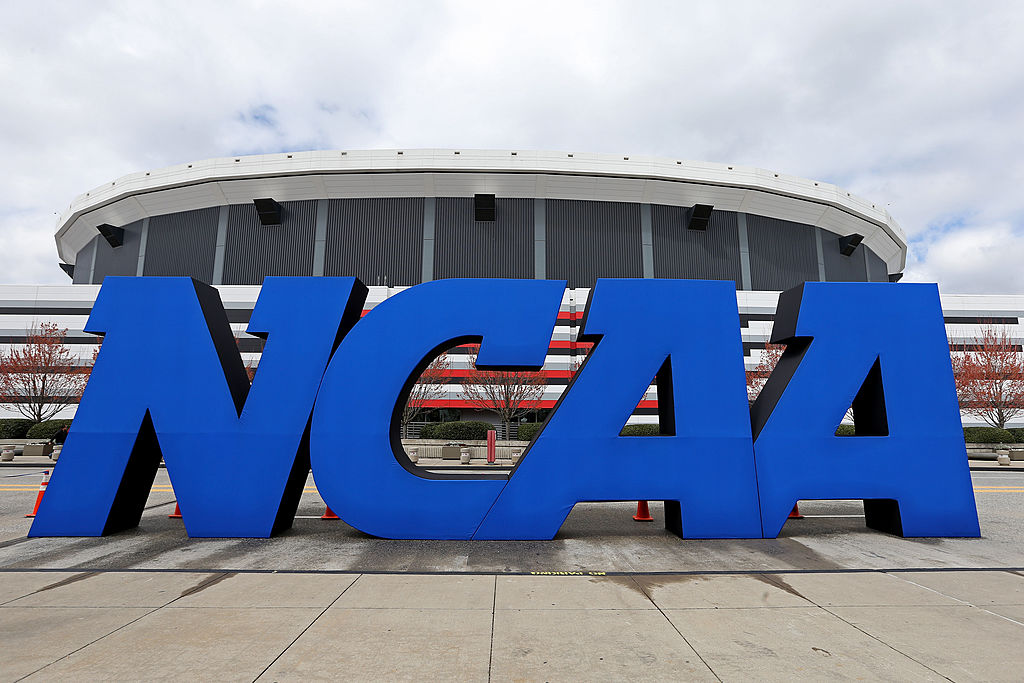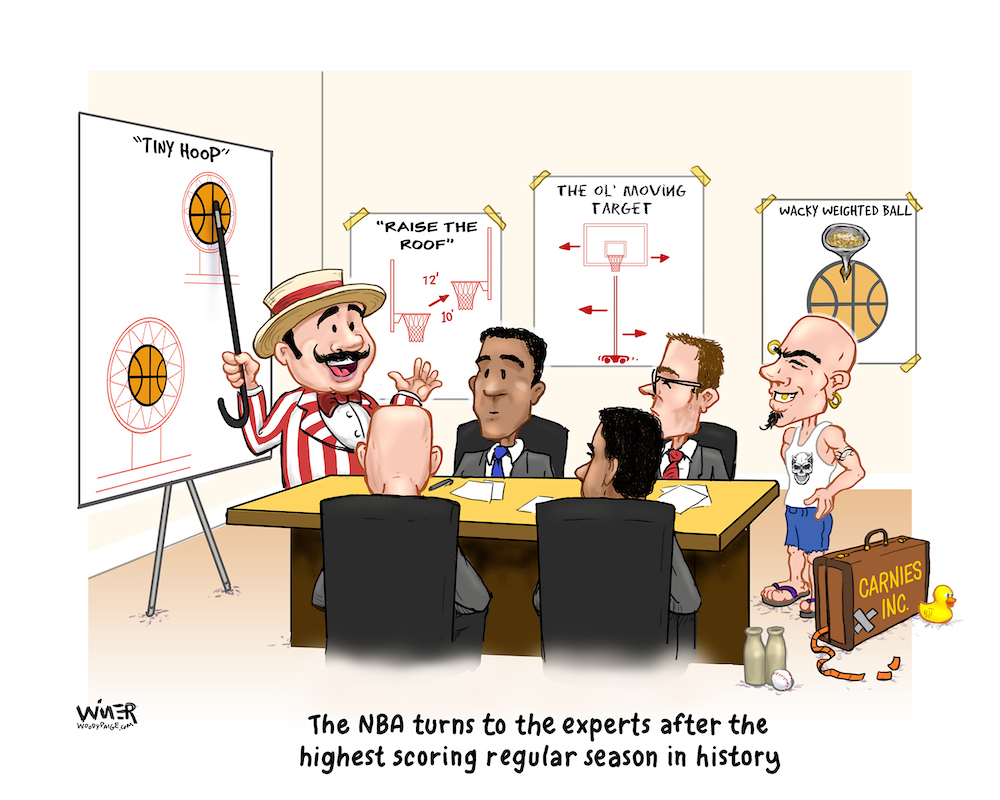Major League Baseball has the very best player development set-up in all of professional sports.
It’s minor league “farm system” should be a blueprint for how the other major pro sports develop their athletes.
Both the NFL and the NBA should emulate it and begin giving high school players a choice – get paid to play in the minors or go to college first and put that payday off for three or four years.
It’s no coincidence that you don’t hear any squabbling about college baseball players needing to get paid a salary. That’s because they were given that option and choose differently.
The minor leagues have been around almost as long as the majors. They were disjointed until the late, great Branch Rickey came up with the idea of turning these franchises into a farm system – a series of minor league teams affiliated with big league clubs where MLB franchises could draft and place prospects who weren’t quite ready for the big leagues – way back in the 1930s. Ever since, young players could come out of high school and elect to sign a professional contract with a major league team and begin a career in the minors; or choose to attend college first and then give pro ball a shot later.
Many a superstar like Henry Aaron, Mickey Mantle and Willie Mays came out of rural towns, signed pro contracts and began their track to stardom in the minors. Others like Lou Gehrig (Columbia) and Jackie Robinson (UCLA) attended college first.
For almost a century now, MLB’s farm system has been a win-win for everyone involved.
Yet, there can always bee too much of a good thing.

Today, baseball has too many minor league teams. Going into next season, there are 160 minor league affiliates that operate as businesses. And the MLB clubs run another 80 entry-level rookie league teams (normally out of their spring training facilities) that aren’t for profit. That’s 240 minor league teams for 30 MLB franchises.
Simple math: That’s EIGHT minor league teams per franchise.
Baseball’s new emphasis on player development is terrific. But come on, eight minor league teams? Is that many really necessary? Of course not.
After many years, MLB has finally realized that they’re throwing money and resources away with having that many teams to have to oversee.
There’s a controversial plan floating around now to downsize – to eliminate 42 minor league affiliates – after next season.
Most of those are very low-level teams, although there are four Double-A franchises on the cut list. So is the Colorado Rockies Class-A franchise in Grand Junction, which is co-owned, oddly enough, by Rockies owner Dick Monfort.
The reason being given by MLB is the idea that these teams play in sub-standard, outdated facilities. While that sounds good, it’s really sort-of transparent. Of course, MLB could simply go to these places and tell them they must upgrade or lose their team, and most would upgrade. So that’s not really the reason.
The real reason is an ongoing effort by minor league players to collectively bargain for better pay.
Minor league players aren’t even paid minimum wage in many cases. At some point, that will have to change. When it does, MLB teams would like to have fewer minor leaguers to write checks to.
Makes perfect sense.
So, while this sounds like another money-driven move by a greedy zillion-dollar industry (and Presidential Candidate Bernie Sanders, for one, has come out strongly against it) there is a very important and hidden benefit: The downsizing of professional baseball will have a terrific ripple effect on college baseball and young players in general.
As things stand, far too many under-developed high schoolers with false hopes opt to skip college and turn pro before they’re ready physically and mentally. These are kids who are 18 or 19 years old entering a “win-at-all-costs” adult workplace. Many are often in over their heads — especially kids from cold weather climates who haven’t played as many games as those they’re now competing with for a job. Some are ready and can handle it. Most aren’t, and many don’t.
Many 18-year-olds have had their baseball playing careers ended before they could take flight because they couldn’t cut it in low level pro ball and had given up their option to play in college.
So, imagine if say, roughly one-fourth of the players who opt to sign out of high school instead went into college programs? And if the 130 or so coaches (most former big-league players) who would no longer be employed by pro teams instead got jobs coaching/teaching the game in college?
How much better would the caliber of play be at the college level?
How much more ready would those border line players be after growing up in college for three or four years? And if/when they did make it to pro ball, they’d get paid more than poverty wages.
And those towns and jobs that Senator Sanders and others worry about? Baseball is already the most open and accepting of independent leagues, like the historic Northern League and the Atlantic League (where MLB often partners to try out proposed changes to the game, like an electronic strike zone, for example.) There’d be nothing that prevented the expansion of independent leagues (which opens up more jobs.)
So, in reality, downsizing their overgrown minor league farm system is a smart move by MLB. There are benefits to colleges, players and coaches that haven’t gotten much attention, but will end up being noticed.
Plus, it will be an even better blueprint for the NFL and NBA.
Listen to Mark Knudson on Monday’s at 12:30 with Brady Hull on AM 1310 KFKA and on Saturday mornings on “Klahr and Kompany” on AM 1600 ESPN Denver.

















